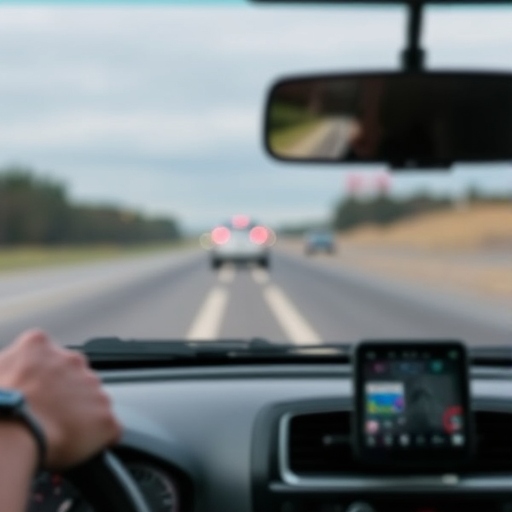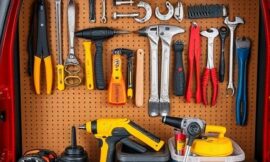Introduction
When you’re driving long distances, anything can happen on the road. A flat tire, a dead battery, or even an unexpected detour due to weather conditions can turn a smooth trip into a stressful situation. That’s why being prepared with the right emergency safety tools can make all the difference. In this guide, we’ll go over the must-have items that every long-distance driver should carry to ensure safety and peace of mind.
First Aid Kit
A well-stocked first aid kit is essential for handling minor injuries on the road. It should include bandages, antiseptic wipes, pain relievers, gauze, adhesive tape, and any necessary prescription medications. In case of an accident, quick access to medical supplies can be a lifesaver.
Portable Jump Starter
Unlike traditional jumper cables that require another vehicle, a portable jump starter allows you to restart your car without assistance. Many models also come with USB ports to charge your phone, making them a versatile tool for long trips.
Tire Repair Kit and Inflator
A flat tire can happen anywhere, and not every location has easy access to a service station. A tire repair kit, paired with a portable air compressor, allows you to patch minor punctures and reinflate your tire quickly.
Flashlight and Extra Batteries
Breaking down at night can be dangerous if you can’t see what you’re doing. A powerful LED flashlight, along with extra batteries or a rechargeable option, is crucial for visibility during roadside repairs.
Multi-Tool or Swiss Army Knife
A good multi-tool can assist in everything from cutting seatbelts to making quick mechanical adjustments. Look for one with pliers, screwdrivers, and a knife for the most versatility.
Reflective Triangle and Road Flares
Alerting other drivers when your car is disabled is crucial for safety. Reflective warning triangles and battery-powered or chemical road flares ensure your vehicle is visible, reducing the risk of accidents.
Fire Extinguisher
Vehicle fires, though rare, can be devastating. A small automotive fire extinguisher can help prevent a fire from spreading before emergency responders arrive.
Emergency Blanket and Warm Clothing
If you’re stranded in cold weather, staying warm is vital. An emergency thermal blanket is lightweight and compact, making it an essential survival tool.
Drinking Water and Non-Perishable Snacks
Unexpected delays can leave you stuck for hours. Keeping bottled water and high-energy snacks like protein bars ensures you stay hydrated and fueled.
Tow Strap and Basic Toolkit
If you need to be pulled out of a ditch or assist another driver, a tow strap is incredibly useful. A basic toolkit with wrenches, screwdrivers, and duct tape can also help with minor roadside fixes.
Car Escape Tool (Glass Breaker & Seatbelt Cutter)
In the event of an accident, a car escape tool can help you break windows and cut seatbelts if you’re trapped. Keep it in an easily accessible place like the driver’s side door.
Power Bank and Charging Cables
A dead phone in an emergency is the last thing you want. A power bank ensures your phone stays charged, allowing you to call for help or navigate to safety.
Weather Radio or Emergency Communication Device
Cell signals aren’t always reliable, especially in remote areas. A weather radio or satellite communication device can provide crucial updates and emergency alerts.
Final Safety Tips for Long-Distance Drivers
Preparation is key to a safe road trip. Before heading out, check the weather forecast, inform someone of your route, and ensure your emergency kit is complete. Always stay alert and be cautious when stopping in unfamiliar areas.
FAQs
How can I prepare for extreme weather conditions on the road?
Carry season-specific gear like snow chains in winter and extra water in summer. Always check the forecast before traveling.
What’s the best way to store emergency tools in my car?
Use a durable storage box in your trunk and keep frequently needed items, like a flashlight and multi-tool, within easy reach.
What are the most critical emergency tools for drivers?
The most essential tools include a first aid kit, jump starter, tire repair kit, flashlight, multi-tool, and car escape tool.
How often should I check my emergency kit?
At least once every six months to replace expired items and ensure everything is in working order.
Do I need all these tools for short trips as well?
While not all are necessary for short trips, essentials like a first aid kit, flashlight, and phone charger should always be carried.





